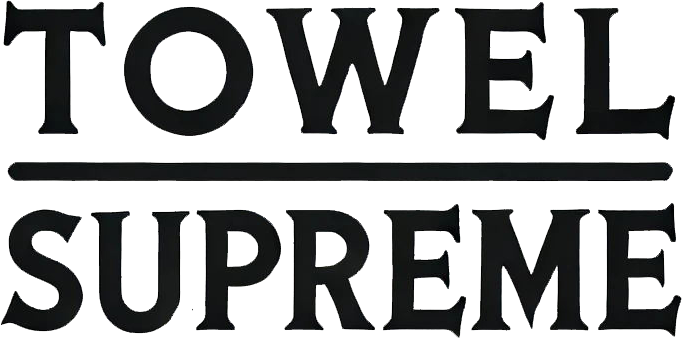Changing the color of a car’s paint is a complex process that requires precision, high-quality materials, and careful planning. Whether the goal is a new aesthetic, restoring faded paint, or protecting the surface, proper execution is essential to achieve a flawless, durable finish. Below are the key precautions and steps to consider when undertaking a car paint color change.

I. Pre-Color Change Preparation
1. Understand Legal Requirements
- Why It’s Important: Many regions require registration updates after a color change.
- Tips:
- Check local laws regarding paint color changes and update the vehicle registration accordingly.
- Notify the relevant authorities after the paint job is completed.
2. Thorough Inspection of the Vehicle
- Inspect the car for existing paint damage, rust, dents, or scratches.
- Address imperfections, as they can impact the new paint's finish and longevity.
3. Choose High-Quality Paint Products
- Use automotive-grade paints that offer UV protection, durability, and fade resistance.
- Select the appropriate type of paint based on the desired finish: metallic, matte, gloss, or pearlescent.
4. Plan the Color Change
- Decide whether to repaint the entire car, including door jambs, engine bay, and trunk, or focus on the exterior surfaces only.
- Discuss color-matching or custom paint options with a professional if transitioning to a unique or complex shade.
II. Surface Preparation
1. Wash and Decontaminate
- Clean the car thoroughly to remove dirt, grease, and road grime.
- Use a clay bar to remove embedded contaminants for a smooth surface.
2. Sand the Existing Paint
- Why It’s Important: Sanding ensures the new paint adheres properly and eliminates imperfections.
- Tips:
- Sand the surface using varying grits of sandpaper (starting with coarse and finishing with fine).
- Remove the clear coat layer and dull the old paint evenly.
3. Repair Surface Defects
- Fill dents or scratches with body filler and sand smooth.
- Address rusted areas with rust treatment products or replace damaged panels if necessary.
4. Mask Off Non-Painted Areas
- Use masking tape and plastic sheets to protect windows, lights, trims, and rubber seals.
- Pay special attention to edges and gaps to prevent overspray.
III. Painting Process
1. Prime the Surface
- Why It’s Important: A primer ensures proper adhesion of the new paint and provides a uniform base color.
- Tips:
- Apply an even coat of primer using a spray gun, and allow it to dry completely.
- Sand the primer layer lightly to remove any texture or imperfections.
2. Apply Base Coat (New Color)
- Spray the base coat evenly in thin layers, starting with light, misting coats.
- Build up coverage gradually, typically applying 2–3 coats.
- Allow each layer to dry according to the manufacturer’s instructions before applying the next coat.
3. Add Clear Coat
- Why It’s Important: The clear coat provides gloss and protects the paint from UV rays, scratches, and environmental damage.
- Tips:
- Apply 2–3 layers of clear coat for durability and shine.
- Avoid over-spraying to prevent runs or uneven finishes.
4. Curing and Drying
- Allow the paint to cure for the recommended time (usually 24–48 hours in controlled conditions).
- Use heat lamps or a paint booth with proper ventilation to speed up the curing process and ensure optimal results.
IV. Post-Painting Care
1. Inspect for Imperfections
- Check for uneven color, overspray, or orange peel texture.
- Wet-sand and polish the paint if needed to achieve a smooth, flawless finish.
2. Avoid Washing Immediately
- Avoid washing the car for at least 2 weeks to allow the paint to cure fully.
- When washing for the first time, use pH-neutral soap and a soft microfiber wash mitt.
3. Apply Protective Coating
- Consider applying wax, sealant, or ceramic coating to enhance the paint’s durability and gloss.
- Avoid applying these coatings until the paint has fully cured (approximately 30 days).
V. Common Mistakes to Avoid
- Skipping Surface Preparation
- Painting over dirt, grease, or uneven surfaces will lead to poor adhesion and a flawed finish.
- Improper Masking
- Failing to mask properly can result in overspray on trims, windows, or rubber seals.
- Rushing the Process
- Not allowing sufficient drying or curing time between coats can cause bubbles, peeling, or uneven texture.
- Using Low-Quality Products
- Cheap paints or clear coats may fade, crack, or yellow over time, reducing the paint job’s longevity.
- Ignoring Weather Conditions
- Painting in high humidity, extreme cold, or direct sunlight can result in uneven drying, peeling, or dull finishes.
VI. Alternative to Repainting: Vinyl Wrap
- If you want a temporary or reversible color change, consider a vinyl wrap.
- Benefits:
- Less expensive than painting.
- Protects the original paint.
- Offers a wide variety of finishes (matte, satin, chrome, etc.).
- Limitations:
- Requires professional installation for complex designs.
- Less durable than paint; may peel or fade over time.
Conclusion
Changing your car’s paint color is a detailed and labor-intensive process that requires proper preparation, high-quality materials, and skilled application. By following these guidelines and addressing each step carefully, you can achieve a professional, durable, and stunning new look for your vehicle. Regular maintenance and proper care after the color change will ensure the new paint stays vibrant and protected for years to come.


